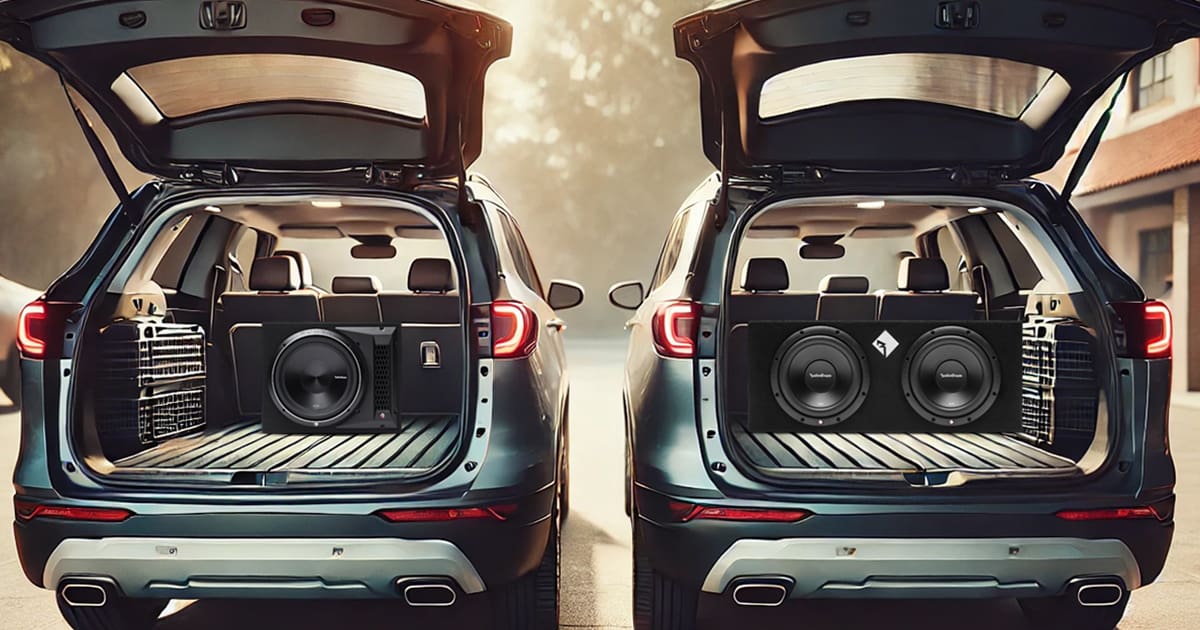While participating in some brand-specific online discussion groups, we often encounter the question: “Is it better to use two good subs or one great one?” Are two 12-inch KICKER L7S subs better than a SoloX? Should you opt for two Hertz Cento CS 250 S4s instead of a Mille ML 2500.3 Legend? What about choosing a pair of Rockford Fosgate P3 twelves over a single T1? There are many factors to consider, including enclosure design, output, frequency response and efficiency. Let’s dive into science and math to find an answer.
Maximum Output Level – Part 1
For many car audio enthusiasts, achieving the most bass possible from a given investment is the top priority. So, is a great subwoofer louder than two good subwoofers? Let’s use the CompVR and CompVX subwoofers from KICKER as our first comparison.
We’ll start by setting aside the total enclosure size for now. While this will become important later, let’s first model a pair of KICKER CompVR CVR124 12-inch subwoofers using BassBox Pro.
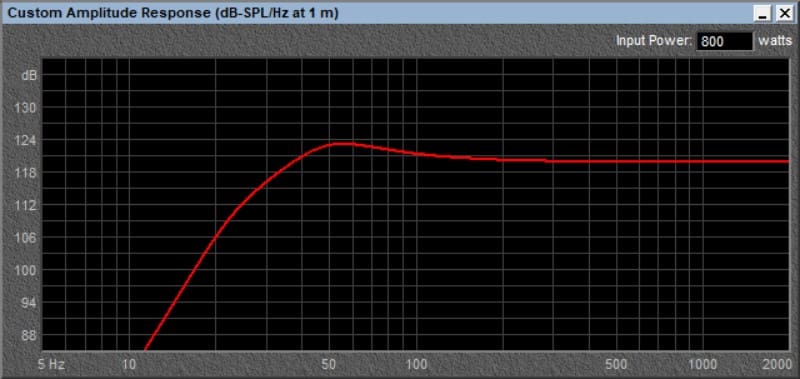
KICKER recommends an enclosure volume between 1.75 and 2.25 cubic feet per driver for a bass reflex enclosure. We’ve split the difference, using two cubic feet per driver. We let BassBox Pro suggest a tuning frequency of 33 hertz. According to the simulation, the enclosure will produce 123.1 dB, with each subwoofer receiving 400 watts of power. Remember that this SPL number doesn’t account for the vehicle transfer function, meaning the output would be higher in a car or truck.
Now, let’s switch our focus to the CompVX cast-basket 12-inch subwoofer. This driver handles up to 750 watts of power and has an Xmax specification of 19.25 millimeters compared to the CompVR’s 16.5. Let’s see if this makes up for the output difference.
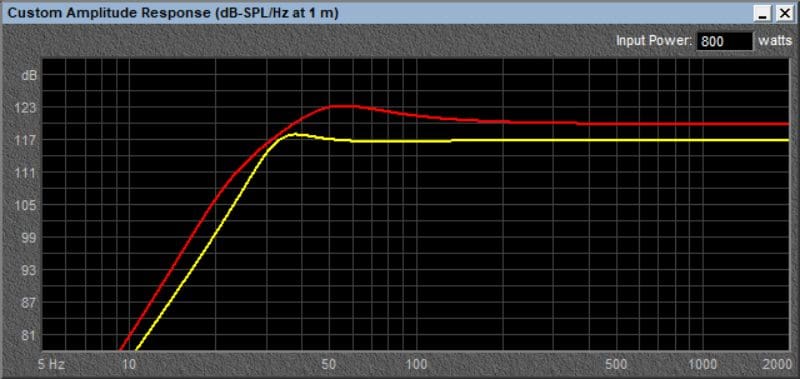
In this case, the single great subwoofer cannot match the output of the two good subs when driven by the same power.
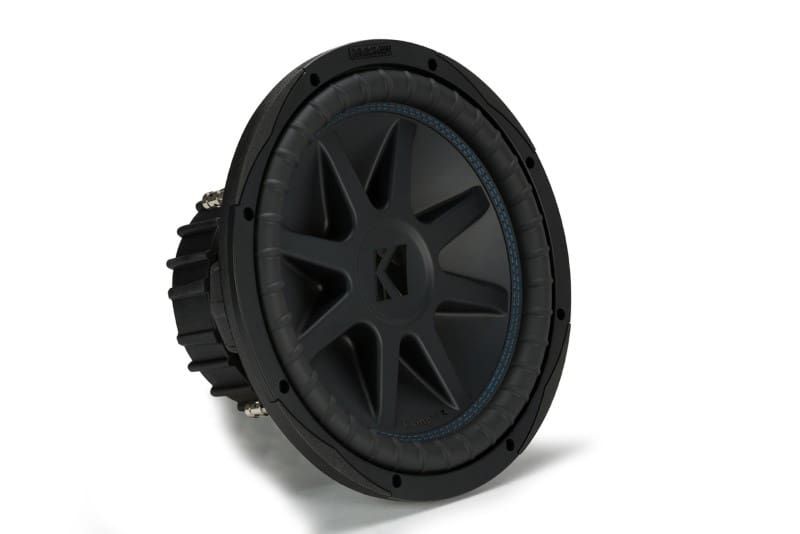
One quick note about the KICKER simulations. KICKER doesn’t specify driver inductance. For this simulation, we left that field blank. The result is a flat response curve at midbass and midrange frequencies. In the real world, that’s not how the drivers would perform in that region.
Maximum Output Level – Part 2
Now, let’s consider a similar scenario with Rockford Fosgate subwoofers. This question initially prompted the article—are two P3 subwoofers better than a single T1? Let’s simulate this and see which setup produces more SPL.
We’ll start by simulating two P3D2-12 12-inch subwoofers in a 3.58 cubic foot enclosure tuned to 40 hertz. The Box Advisor on the Rockford Fosgate website suggests this exact design. Well, it suggested half that volume per driver, but the results are the same.
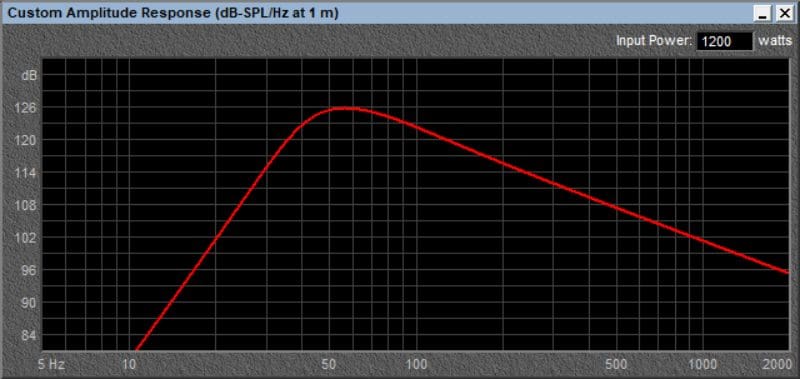
As the graph shows, this enclosure delivers a solid punch at 50 hertz. With 1200 watts of power, the peak output is predicted to be 125.7 dB SPL.
Next, let’s examine what a single Power Series T1D4-12 can do in its recommended enclosure.
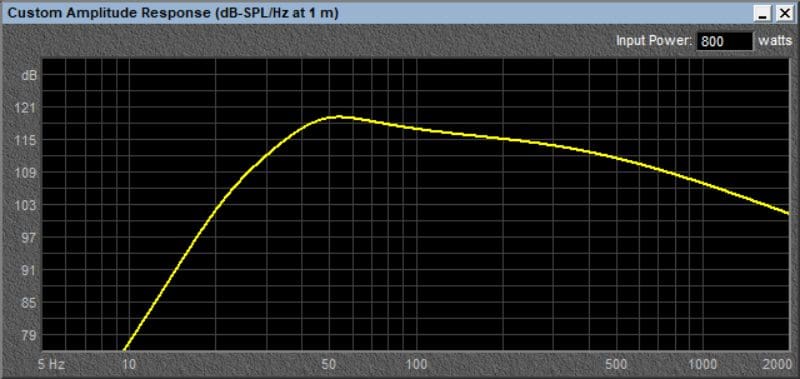
The Box Advisor recommends a 1.75 cubic foot enclosure tuned to 33 hertz for the single T1 subwoofer. Based on the response graph, we agree with this design. The enclosure predicts an output of 119.1 dB SPL when driven by 800 watts of power.
Like in car engines, there is no replacement for displacement when attempting to produce maximum torque. Subwoofer cone area is crucial for maximum output in car audio systems.
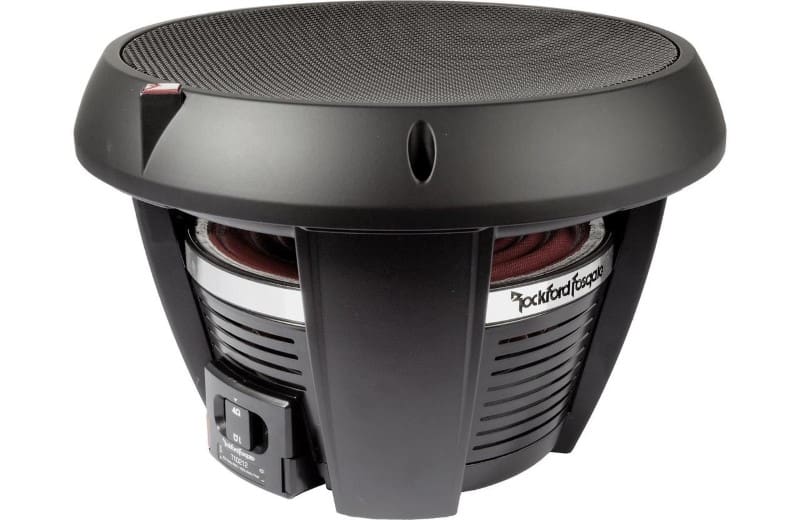
Low-Frequency Extension Versus Enclosure Volume
What if your goal is to achieve the most low-frequency output possible from your subwoofer system? Many of the subwoofer upgrades we see perform better at upper bass frequencies due to large drivers being installed in undersized enclosures. If deep bass is your priority, moderately sized subwoofers in relatively large enclosures are the way to go. To illustrate this, let’s compare two Hertz subwoofer options at 30 Hz.
We’ll begin with a pair of 10-inch Hertz Cento CS 250 S4 subwoofers in a 2.5 cubic foot enclosure tuned to 30 hertz.
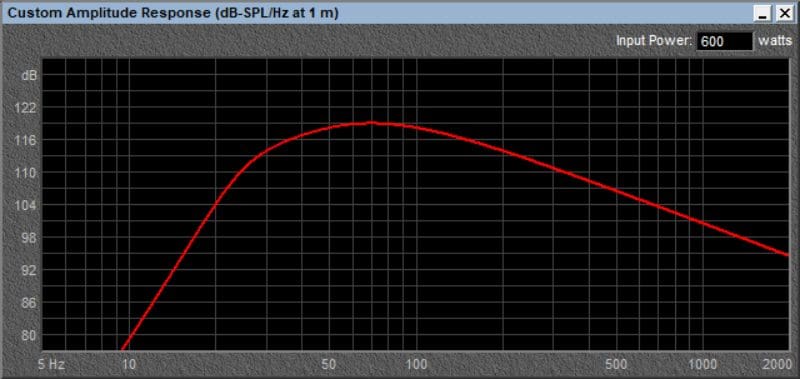
This system produces 113.9 dB SPL at 30 hertz. Now, let’s look at a single, better subwoofer in a larger enclosure—the Mille-Series ML 2500.3 Legend.
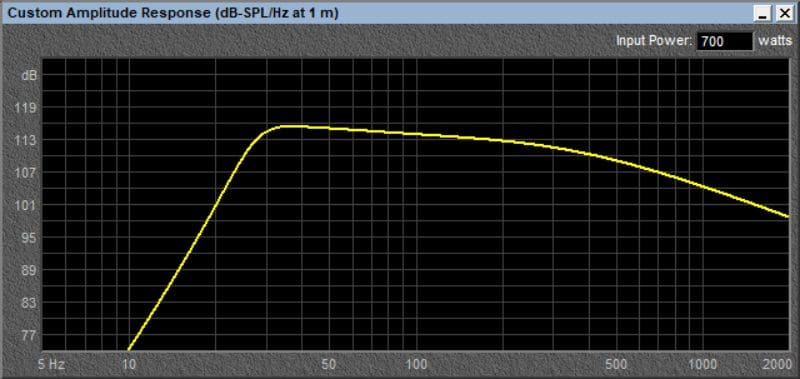
At 30 hertz, the single ML 2500.3 Legend delivers 114.5 dB SPL. Though the difference is slight, the difference would be very noticeable. Letting a single driver “breathe” in a larger enclosure maximizes low-frequency output.
Car Audio Subwoofer Sound Quality
This is where things become more complex. Sound quality and accuracy are not as tightly related to frequency response as you might think. We agree that a poorly designed enclosure with a narrow-band spike will sound inferior to a system with a broad response curve. However, a subwoofer in any high-end system should be equalized to a target response curve. Thus, any two enclosures equalized to the same curve will sound similar, though not identical.
Driver design features affect harmonic and intermodulation distortion in terms of accuracy. For instance, the Mille Legend subwoofers include an aluminum shorting ring that reduces inductance and, thus, improves midbass response. The Legend subwoofer’s inductance is specified at 1.05 millihenries, while the Cento subs measure 3.33 millihenries. Lower inductance means more midbass output, making blending the subwoofer’s output with midbass drivers easier.
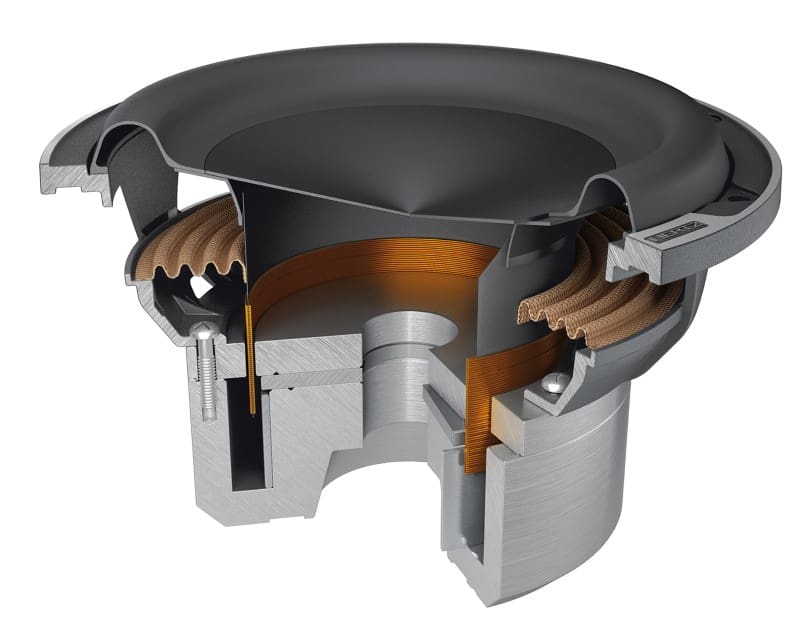
Rockford Fosgate incorporates a similar feature between the P3 and T1 subwoofers. The T1 and higher subwoofers feature an Inductive Damping Heat Sink (IDHS) that acts like a shorting ring, reducing inductance. The T1’s dual four-ohm inductance is 2.4 millihenries, while the P3 is rated at 6.94. As a result, the T1 delivers tighter, punchier, and more accurate midbass.
Even without features like inductance management, less expensive subwoofers are still a great choice. However, upgrading to better products often provides more than increased excursion and power handling.
From a sound quality and musical accuracy perspective, the Mille and Power-Series subwoofers stand out as clear winners.
Space for Bass
As we’ve discussed in previous articles, producing deep bass requires that your subwoofers have adequate space. Trying to fit two 10-inch subwoofers in a one-cubic-foot enclosure won’t work as well as using a single eight-inch driver in a bass reflex design in the same volume.
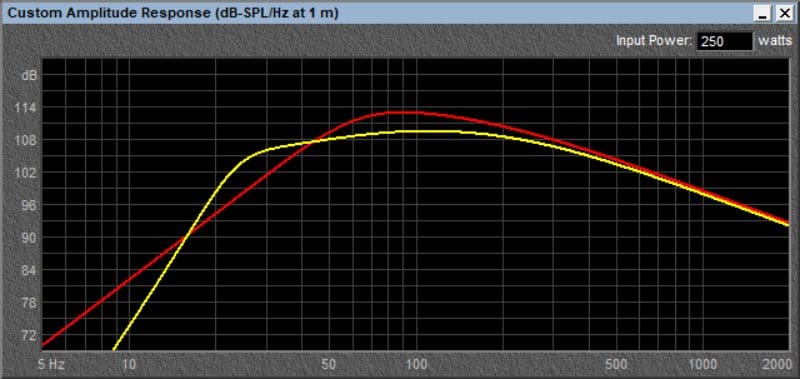
Here’s a perfect example of optimizing an enclosure for subwoofer duties. A single 8-inch Audison APS 8 D driver in a one-cubic-foot vented enclosure delivers more output from 16 to 44 hertz than two 10-inch drivers in the same space. While two 10s might offer more output above 50 Hz, we prefer deeper extension to 35 Hz for a well-rounded sound and a little rumble.
Subwoofer Enclosure Simulations To The Rescue
In conclusion, if your goal is to maximize SPL, using two good subs will generally outperform a single sub. However, a single subwoofer in a larger enclosure may be the better option for low-frequency output. A subwoofer with advanced performance features will offer superior results for the most accurate and detailed bass.
If you’re curious about the best bass solution for your vehicle, visit a local specialty mobile enhancement retailer. They can measure the available space and simulate different subwoofer options to achieve your desired performance. They’ll also explain product features and how they improve sound accuracy and detail.
